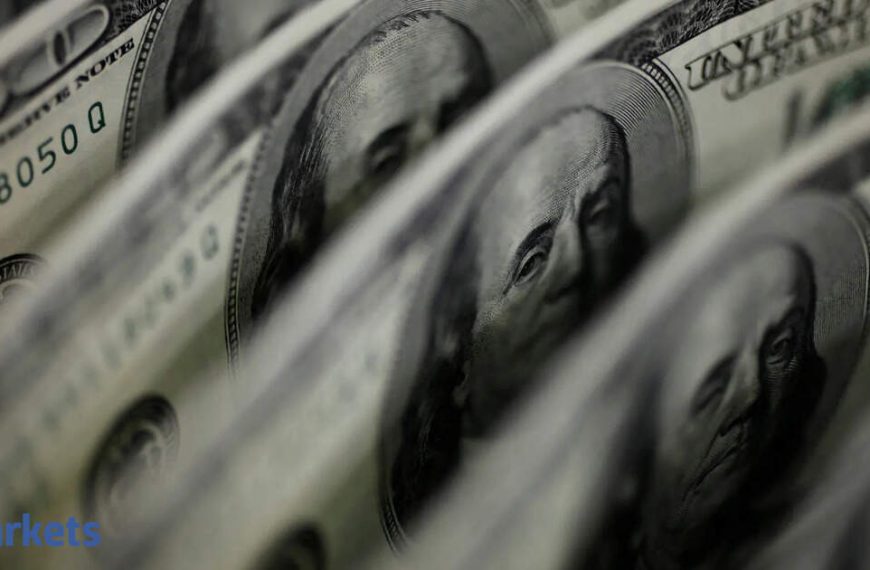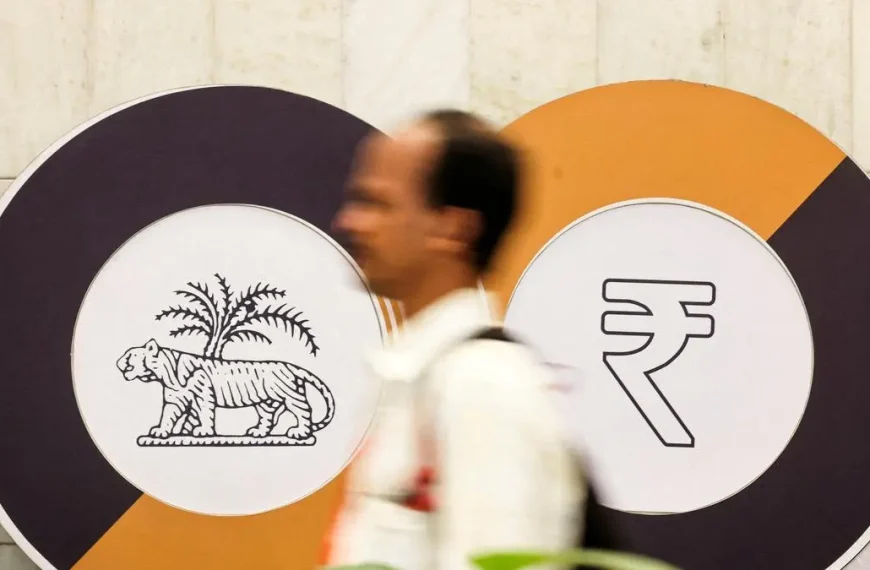On Thursday, the Indian rupee emerged as the top performer among major Asian currencies, reaching its highest level in a week. This notable rise can be attributed to increased dollar sales by foreign banks and a weakening of the U.S. dollar. The rupee closed at 86.66 against the U.S. dollar, marking a 0.3% increase for the day.
Factors Contributing to the Rupee’s Strength
Several elements have contributed to the rupee’s recent gains:
- Foreign Bank Activity: Enhanced dollar sales from foreign banking institutions played a crucial role throughout the trading session.
- Global Currency Movements: The Chinese yuan and Japanese yen also appreciated, benefiting from shifting investor sentiments. The yuan received a boost following comments from U.S. President Trump regarding the potential for a new trade deal with China. Meanwhile, the yen reached its strongest position in over two months as speculation grew about possible interest rate hikes from the Bank of Japan.
Current Market Dynamics
The U.S. dollar index was trading slightly below 107, down 0.2% for the day. The yen saw an increase of 0.8%, while the offshore yuan rose by 0.2%. These developments indicate a broader trend of strengthening in Asian currencies, with the rupee standing out in performance.
Historical Context of the Rupee’s Fluctuations
The rupee had faced significant downward pressure until early last week, hitting an all-time low of 87.95. However, this depreciation trend subsided following decisive actions from the Reserve Bank of India (RBI). A variety of factors have impacted the rupee, including:
- Continuous portfolio outflows
- Uncertainty surrounding global trade policies
- Expectations of easing monetary policies by the RBI
Expert Insights on Future Projections
While the RBI’s recent rate cut signals a commitment to fostering growth, analysts caution against interpreting this as a signal for unrestricted rupee depreciation. According to a report from Bank of America, the current situation should be viewed as a cautious pause rather than a definitive trend. Similarly, Jefferies anticipates that the rupee may continue to drift lower into 2025, but it is not expected to be severely affected by reciprocal U.S. trade tariffs proposed by Trump.
In summary, while the Indian rupee has shown resilience and strength in recent trading sessions, external factors and monetary policies will continue to shape its trajectory. Investors should remain vigilant and informed as these dynamics evolve.











